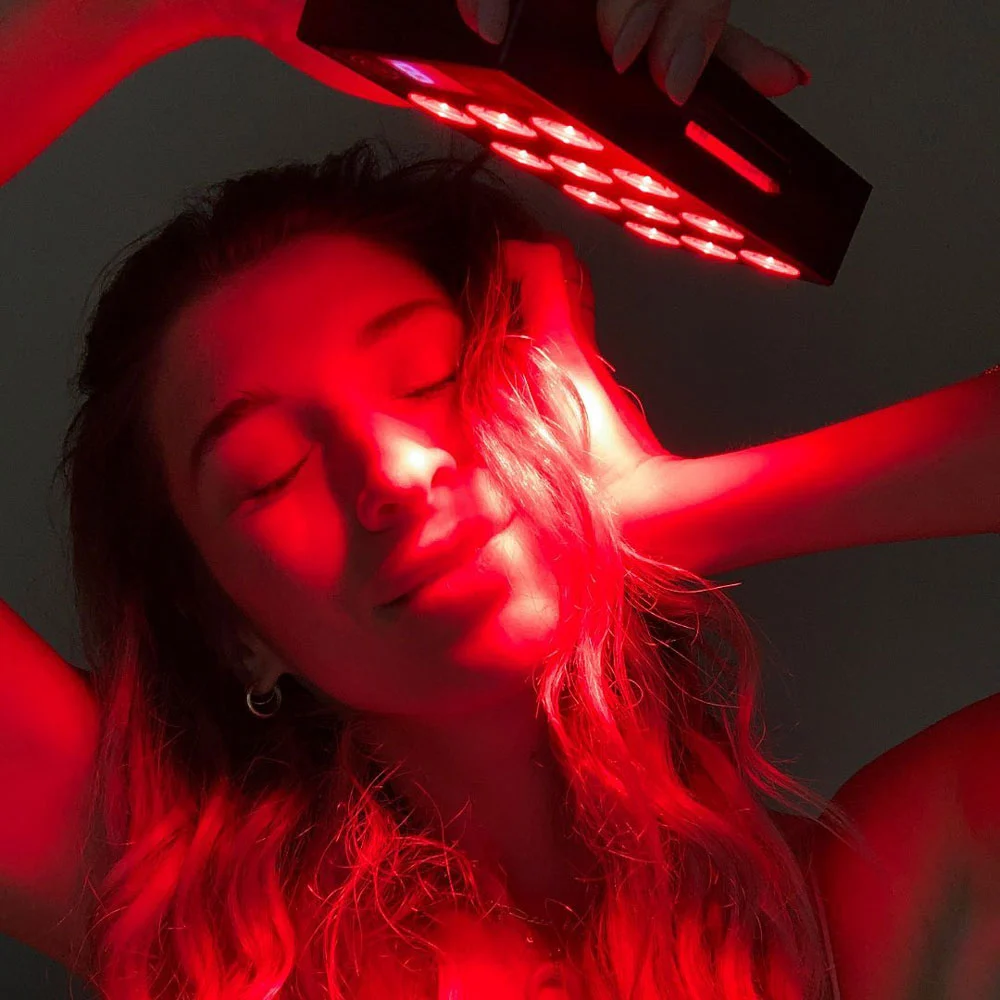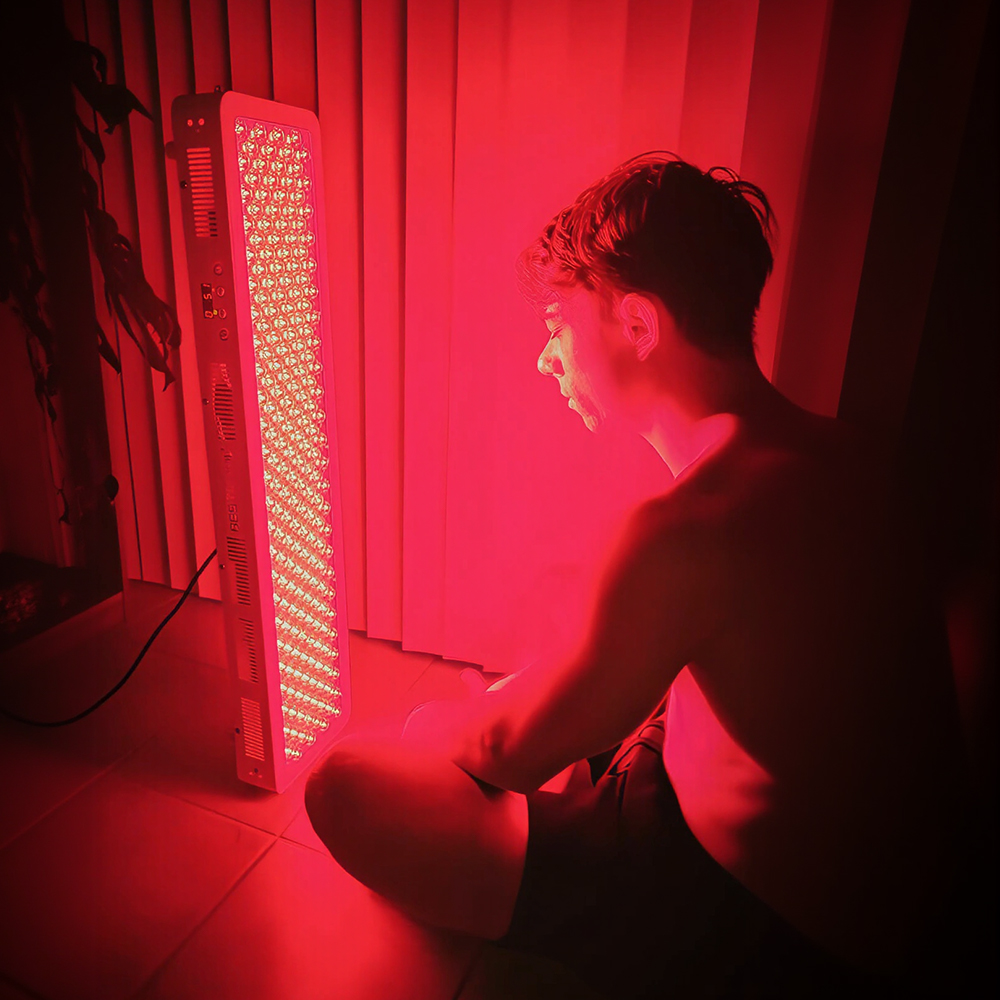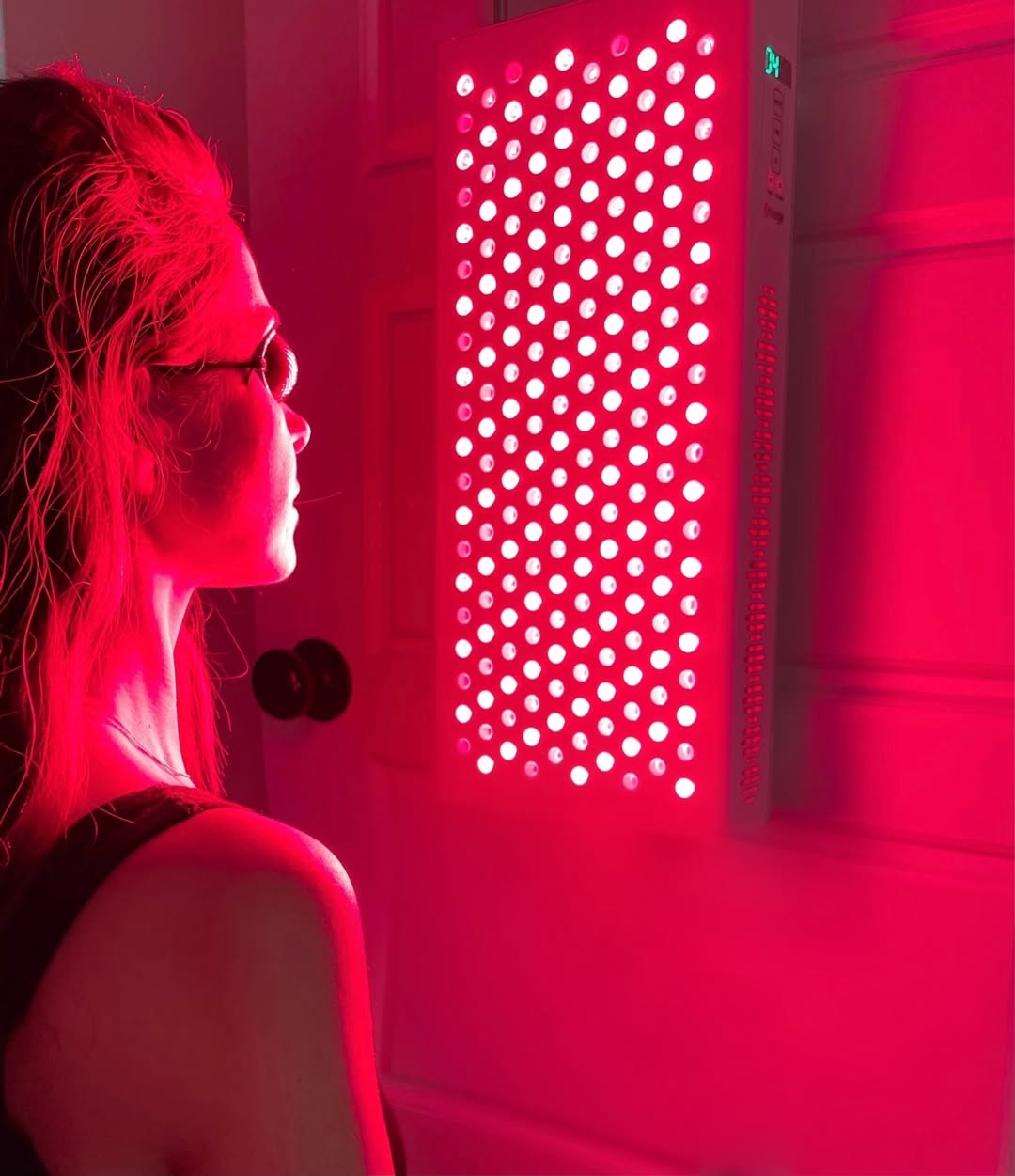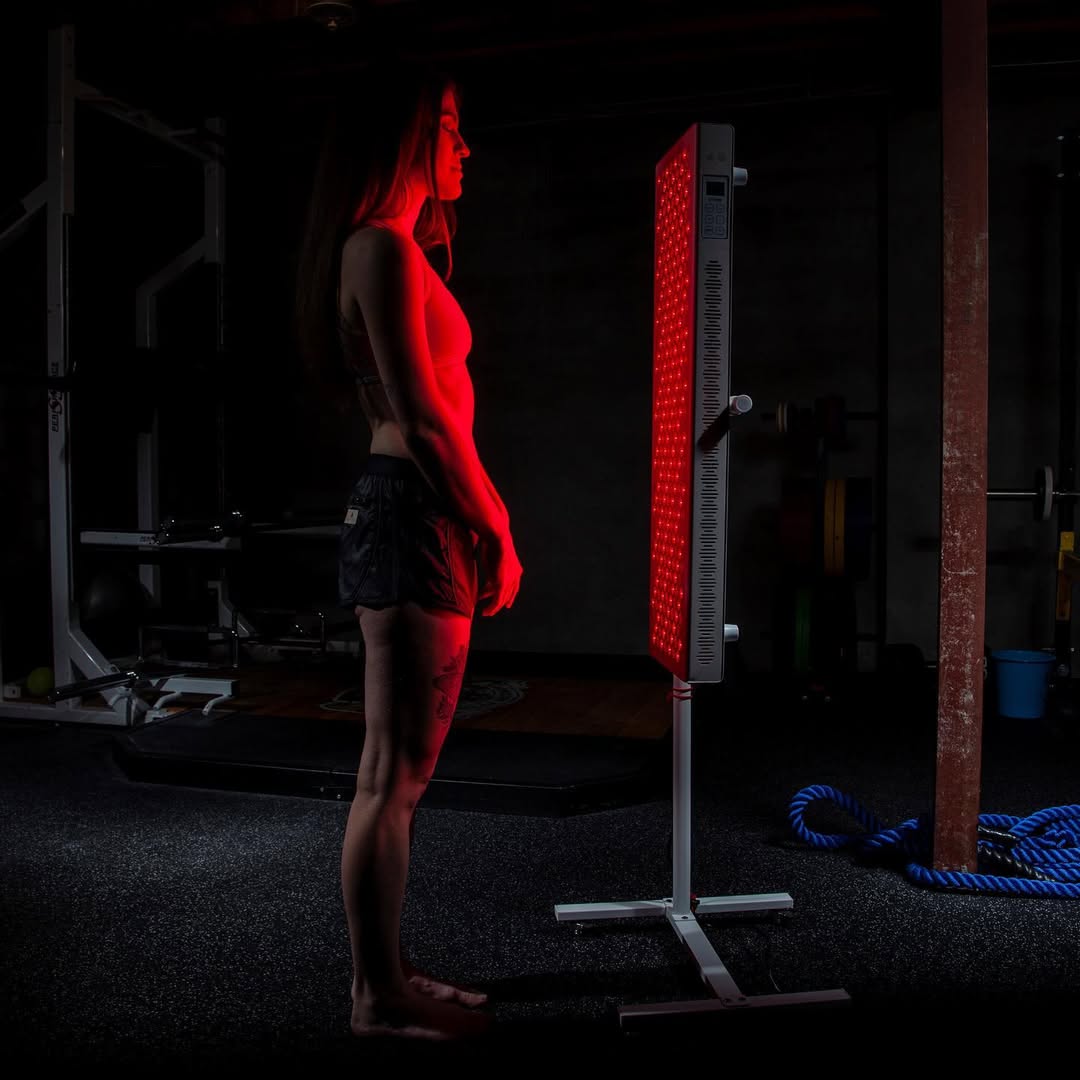![]() Free Shipping
Free Shipping ![]() Buy Now, Pay Later
Buy Now, Pay Later ![]() Eligible
Eligible
Red-Light Therapy vs. Natural Sunlight: Which Is Better?

In our quest for better health, energy, and skin, we often look to nature and technology for answers. Two powerful sources of light—natural sunlight and red-light therapy (RLT)—have gained attention for their potential benefits. But which one is truly better?
This article dives deep into the science, benefits, and drawbacks of both red-light therapy and natural sunlight. By the end, you’ll have a clearer understanding of which option (or combination) might work best for your needs.
The Power of Light: How It Affects Your Body
Before comparing the two, it’s essential to understand how light influences our biology. Both natural sunlight and red-light therapy interact with our cells in unique ways:
- Sunlight is a full-spectrum light source containing UV rays, visible light, and infrared radiation. It triggers vitamin D production, regulates circadian rhythms, and boosts mood.
- Red-light therapy uses specific wavelengths (typically 630-850 nm) to penetrate the skin and stimulate cellular energy (ATP production), promoting healing, collagen synthesis, and reduced inflammation.
Now, let’s break down the pros and cons of each.
Natural Sunlight: The Original Healer
Benefits of Sunlight
- Vitamin D Synthesis
- Sun exposure on bare skin triggers vitamin D production, crucial for bone health, immunity, and mood regulation.
- Deficiency in vitamin D is linked to depression, fatigue, and weakened immunity.
- Circadian Rhythm Regulation
- Exposure to natural light in the morning helps regulate melatonin production, improving sleep quality.
- Mood Enhancement
- Sunlight increases serotonin, the “feel-good” hormone, reducing symptoms of seasonal affective disorder (SAD).
- Full-Spectrum Benefits
- Unlike artificial light, sunlight contains a balanced spectrum of wavelengths that work synergistically.
Drawbacks of Sunlight
- UV Damage & Skin Aging
- Excessive exposure leads to sunburn, DNA damage, and increased risk of skin cancer.
- UVA rays contribute to premature aging (wrinkles, sunspots).
- Weather & Location Dependence
- People in northern latitudes or cloudy regions may struggle to get enough sunlight year-round.
- Risk of Overexposure
- Unlike controlled red-light therapy, sunlight intensity varies, making it harder to dose properly.
Red-Light Therapy: The Science-Backed Alternative
Benefits of Red-Light Therapy
- No UV Damage
- Unlike sunlight, RLT uses safe, non-UV wavelengths that don’t cause burns or skin cancer.
- Enhanced Collagen Production
- Studies show RLT boosts collagen and elastin, reducing wrinkles and improving skin texture.
- Faster Muscle Recovery & Reduced Inflammation
- Athletes use RLT to speed up recovery by reducing oxidative stress and inflammation.
- Controlled & Convenient
- You can use RLT devices at home, regardless of weather or location.
Drawbacks of Red-Light Therapy
- Lacks Vitamin D Production
- Since RLT doesn’t contain UVB rays, it won’t help with vitamin D synthesis.
- Cost of Devices
- High-quality LED panels can be expensive, though prices are dropping over time.
- Requires Consistency
- Unlike sunlight, which is free, RLT requires regular sessions to see benefits.
Head-to-Head Comparison
| Factor | Natural Sunlight | Red-Light Therapy |
|---|---|---|
| Vitamin D Production | ✅ Yes | ❌ No |
| Collagen Boost | ❌ (UV ages skin) | ✅ Yes |
| Mood Enhancement | ✅ Yes (serotonin) | ✅ Mild effect |
| Risk of Skin Damage | ❌ High (UV rays) | ✅ None |
| Convenience | ❌ Weather-dependent | ✅ Anytime, anywhere |
| Cost | ✅ Free | ❌ Device investment |
Which One Should You Choose?
Ideal Candidates for Sunlight:
✔ People with low vitamin D levels
✔ Those who enjoy outdoor activities
✔ Individuals looking for natural mood enhancement
Ideal Candidates for Red-Light Therapy:
✔ People concerned about skin aging & wrinkles
✔ Athletes needing faster recovery
✔ Those in low-sunlight regions
Best of Both Worlds?
For optimal health, combining both may be the ultimate solution:
- Morning sunlight (10-30 min, depending on skin type) for vitamin D and circadian rhythm.
- Red-light therapy sessions (10-20 min, 3-5x/week) for skin repair and anti-aging.
VELLGUS Elite V2
THE #1 RATED RED LIGHT DEVICE
VELLGUS pro V2
THE #1 RATED FULL BODY RED LIGHT DEVICE
Final Verdict: It Depends on Your Goals
- For overall health & vitamin D → Sunlight wins.
- For skin rejuvenation & anti-aging → Red-light therapy wins.
- For a balanced approach → Use both strategically.
The key is moderation and smart exposure. Whether you bask in the sun or invest in an RLT device, light is a powerful tool for wellness—when used correctly.
What’s your preference? Do you rely on sunlight, red-light therapy, or both? Share your thoughts!








